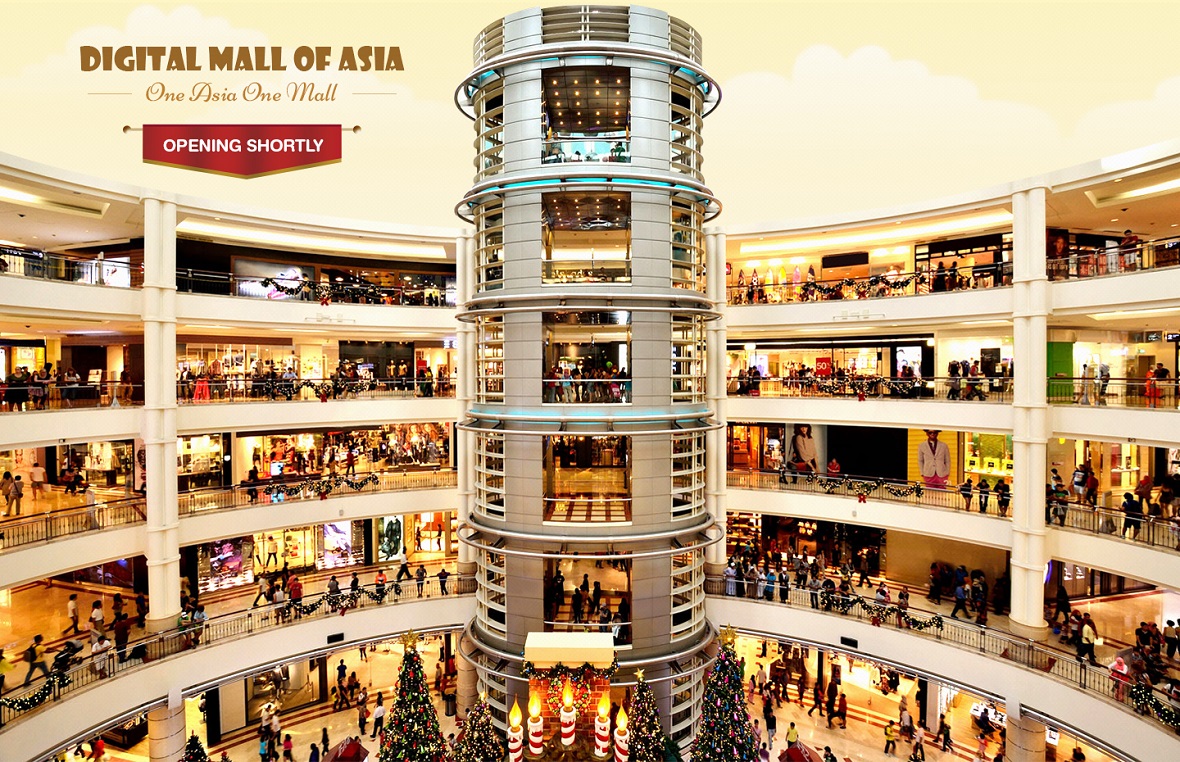Rapid technological advancements and deeper internet penetration have made shopping online a rage in India. Brands across categories are shifting online to benefit from the e-commerce boom and are leveraging various online platforms to increase their digital presence.
This shift, however, comes with its own set of problems. Fake product listings and high product return costs are some of the most common issues that brands face in the e-commerce space. It is estimated that around 30-40% of all online orders in India are returned to e-tailers every year.
Brands have to bear the brunt of this, both monetarily and in terms of their reputation. While e-commerce no doubt opens newer revenue streams for brands, their accountability often takes a major hit. This hinders their growth prospects and reduces their chances of building a strong online customer base.
While brands have been seeking a solution to these problems, Digital Mall of Asia (DMA) has come up with a new digital commerce model that makes for a win-win situation for all. Brands are looking forward to integrating with this disruptive e-commerce space, which uses local retailers to integrate their online and offline operations.
Here is how the DMA model can provide multiple opportunities for brands to reclaim their diluted reputation and lost profits:
- Increased accessibility and an immersive environment: The structure of e-commerce that DMA has proposed replicates the physical mall environment in the virtual sphere. It houses exclusive towers comprising digital retail shops, trial rooms, hypermarkets etc., allowing customers to navigate and interact with their choice of brands and offerings. This will make for a more immersive and captive environment, leading to higher customer engagement than is possible through a usual e-commerce platform.
- Small investment, bigger footprint: Apart from an augmented virtual presence, brands on DMA will be represented by exclusive local retailers. Since DMA operates on a zero-commission model, retailers just have to pay the rent to transact on the platform. This will decrease the financial burden on brands, who previously had to pay a significant commission to retailers for displaying their products. Moreover, since they do not have to maintain physical outlets in target geographies, brands will be able to make deeper inroads into different regional markets – including tier-2 and tier-3 cities – without having to make heavy capital investments.
- Quality control of products: Each brand will have an exclusive supplier in a particular geographical location. This makes it easier to track any possible discrepancy in the quality of products being sold through that supplier. A stricter quality check will ensure that only the right and best-quality products get delivered to the customers. It will also minimize the problem of high product returns and consumer dissatisfaction.
- Immediate consumer touchpoints to address product issues: Since brands are represented on DMA by local retailers, customers facing issues with products post their purchase will not have to wait for too long for a solution. All the issues will be promptly taken care of at the local level. This will not only increase customer satisfaction but also lead to a stronger customer base.
- Lower product return costs: Even if there arises a problem with the product which entails its return, replacing the product will no longer be big a deal for brands. With exclusive retailers in the city where the product is delivered, returns will take less time, effort and resources.
- Maintaining the brand’s reputation: With quality issues addressed at the source, better accessibility, and improved customer grievance redressal mechanisms, brands can enjoy a better reputation amongst customers. This would feed an ever-rising and loyal online consumer base, ultimately translating to higher returns for brands.
DMA is thus creating a space which would go beyond the mainstream e-commerce platform structure: a space for brands to fully flourish. With DMA’s offerings, brands can develop a committed online clientele in tier-2 and tier-3 cities. It will also guarantee that they benefit from having access to a much larger online customer base on a budget. This has the potential to start a chain reaction, opening myriad opportunities to boost the economy in smaller cities which have hitherto been relatively untouched by e-commerce.







